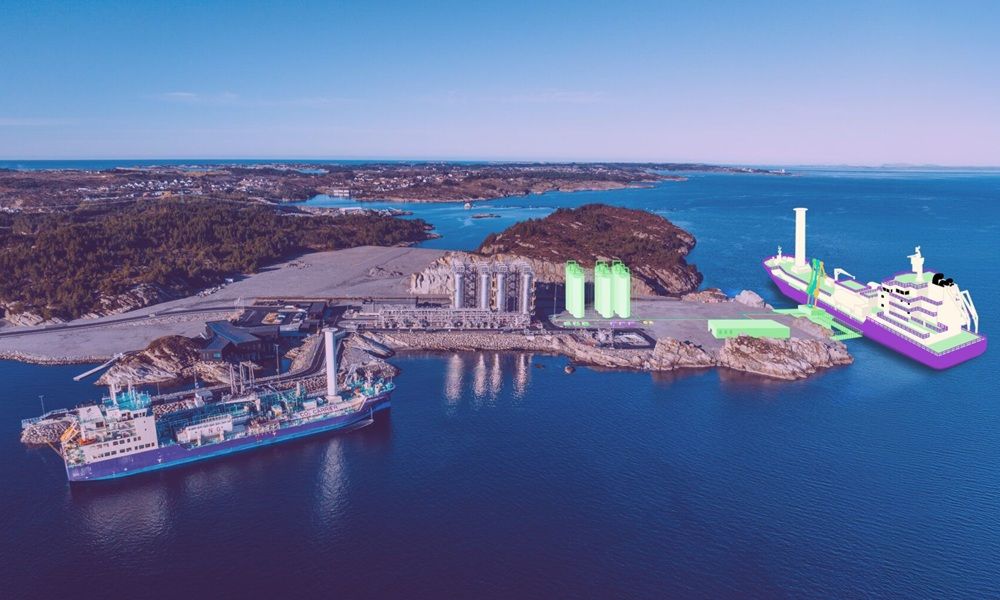Northern Lights marks first CO2 storage offshore Norway
Northern Lights JV Marks Carbon Storage Milestone

Northern Lights Joint Venture has reached a significant milestone by successfully injecting the first volumes of carbon dioxide into its offshore storage site located in the Norwegian North Sea. The CO₂ was transported through a 100-kilometer pipeline and injected into the Aurora reservoir, situated 2,600 meters beneath the seabed. Managing Director Tim Heijn highlighted the operational readiness of their ships, facilities, and wells, underscoring the venture’s commitment to carbon capture and storage (CCS).
First Commercial CO₂ Transport and Storage Provider
Northern Lights stands out as the first commercial provider for CO₂ transport and storage, playing a crucial role in Norway’s Longship initiative, which aims for full-scale CCS implementation. The initial phase has secured early customers, including Heidelberg Materials’ cement plant in Brevik and Hafslund Celsio’s waste-to-energy facility in Oslo. Additionally, commercial agreements have been established with companies such as Yara in the Netherlands, Ørsted in Denmark, and Stockholm Exergi in Sweden, expanding the reach and impact of the CCS project.
ABS Awards AIP for Bumi Armada’s Pioneering Carbon Storage and Injection Vessel
The joint venture, consisting of Equinor, TotalEnergies, and Shell, is set to continue its operations by transporting and storing CO₂ from Norwegian sources throughout the remainder of 2025. Plans are already in motion to incorporate CO₂ from Denmark and the Netherlands, with expectations for these operations to commence in 2026. This strategic expansion aligns with the growing demand for sustainable practices in industry and energy sectors.
In March, Northern Lights announced a final investment decision to expand its capacity significantly, increasing from 1.5 million tonnes per year to a minimum of 5 million tonnes annually. This expansion is supported by funding from the Connecting Europe Facility for Energy (CEF Energy) and will include the addition of onshore storage tanks, pumps, a new jetty, more injection wells, and additional CO₂ carriers, further enhancing the project’s infrastructure and capabilities.
